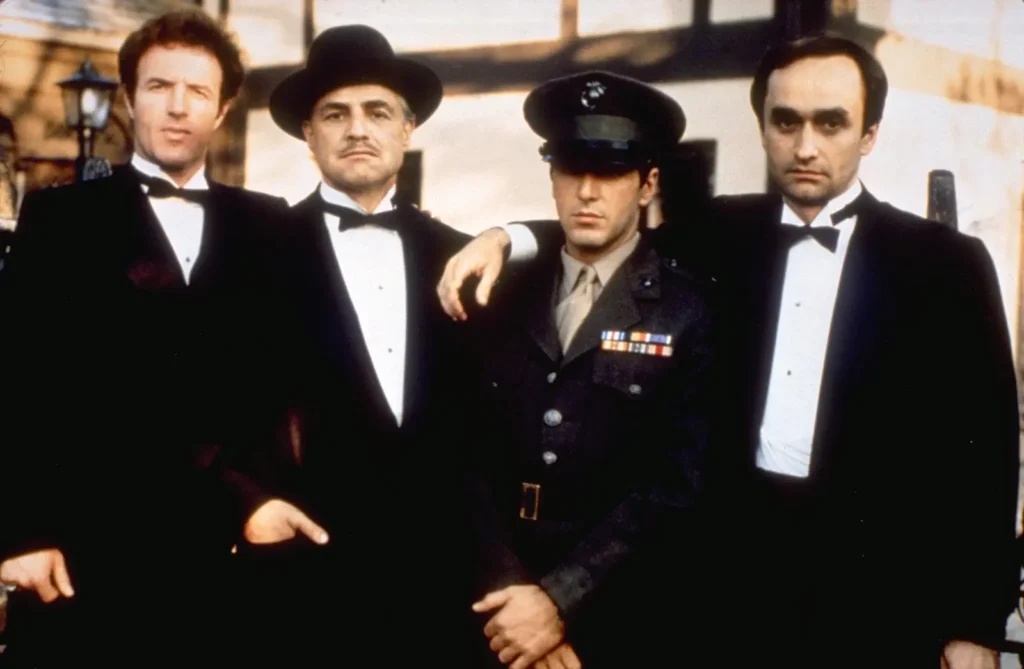There are movies that leave a lasting impact on an entire generation. In Hip-Hop culture, films like Brian De Palma’s “Scarface,” “Boyz n the Hood,” and “Menace II Society” hold a special place among the digitally-native generation (the 90s kids). The character of Pablo Escobar, portrayed with a touch of romance in the series “Narcos” (the American manhunt), is mentioned in 3 out of 4 rap songs. Personally, as the “son of a fallen duke and an enriched concierge” (Charles Dantzig), I grew up admiring Francis Ford Coppola’s “The Godfather” trilogy. If you’re going to be a gangster, might as well do it with style and “stay classy.” Why this choice? Because Coppola doesn’t just depict three guys eating “spaghetti with sauce” (Akhénaton) and then shooting someone two seconds later.

He doesn’t just film; he paints using symbols and aesthetics. From the wedding scene with which “The Godfather I” begins to the three final scenes of the saga, all depicting the Corleone family’s vendettas, there is a meticulous search for aesthetics. The vendettas are portrayed as a symphony in which Michael Corleone is both the conductor and the sole spectator. In the first installment of The Godfather, the vengeance of the character portrayed on screen by Al Pacino unfolds on the streets of NYC while the main event is the baptism of his son. Alternating between the assassinations and this moment of Corleone family intimacy within a Roman church, FFC (Francis Ford Coppola) plays with symbols and dramatic intensity. He also plays on the birth of the new godfather. Ultimately, doesn’t this first vendetta mark the birth certificate of Michael Corleone, the son of the late Vito Corleone?
Contrary to often “misleading” appearances, it’s not that famous Godfather scene that left a lasting impression on me. In my opinion, the iconic scene of the trilogy occurs in the final seconds of “The Godfather I.” As a quick reminder of the events, and since the film is broadcast every summer on France Télévision and also available on Netflix, I believe this is a mild spoiler.
“The Godfather I” primarily focuses on the final days of Vito Corleone, portrayed by Marlon Brando, the founder of the dynasty, in his role as the Godfather. Upon his succession, he leaves it to his eldest son, Sonny, who is expected to continue the tradition, while his younger son, Michael (Al Pacino), a war hero, plans to lead a quiet life. Circumstances arise that force Michael to temporarily assume the role of the Godfather. Throughout the first installment of the saga, Michael grapples with the family tradition, an overwhelming responsibility imposed by tradition, and the life he dreams of with the woman he loves. This life prohibits him from being the Godfather. Even at the end of the third installment in the series, one is tempted to ponder: Did Michael make the right choice?
In the final moments of “The Godfather I,” following the scene of the final vendetta, Michael is in his father’s office, the same place where his father was the Godfather before him. He receives two emissaries… and leaves his wife behind the door. The door closes on her and on her life.